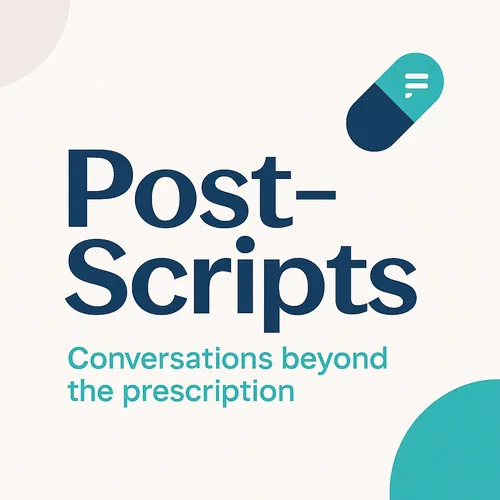Counting Down: 47 Days Until Pharma's Pricing Reckoning
- Author
- Medisafe Team
- Published
- Wed 13 Aug 2025
- Episode Link
- None
The clock is ticking for pharmaceutical companies as the September 29 deadline for most favored nation pricing plans looms just 47 days away. This sweeping policy shift represents one of the most significant pricing reforms in recent history, with profound implications for everyone from brand marketers to patient access teams.
Five major developments are converging to reshape the pharmaceutical landscape. First, government price negotiations are accelerating, targeting high-cost drugs without generic competition much earlier than originally projected. The Congressional Budget Office estimates these negotiations could save Medicare over $100 billion in the next decade. Second, the July 27 US-EU drug pricing deal introduces shared reference pricing models that could fundamentally alter global launch sequences and reimbursement ceilings. Third, new domestic manufacturing incentives offer substantial benefits for companies shifting production to the United States, including tax credits and expedited regulatory reviews, though potential tariff increases on imported medications could create new affordability challenges.
The fourth development involves comprehensive PBM reform that mandates transparent rebate reporting and price disclosure at the point of care. This increased transparency creates opportunities for patient service teams to better understand cost barriers in real-time and develop targeted interventions. Finally, recent adjustments following a Supreme Court ruling on Medicare Part B reimbursement could lead hospitals serving low-income populations to remove expensive therapies from their formularies, creating unpredictable access obstacles for specialty treatments.
As these changes converge, the healthcare system stands at a critical crossroads of affordability, innovation, and access. Forward-thinking pharmaceutical teams that integrate pricing, access, digital, and commercial strategies will be best positioned to navigate this new terrain. Digital health solutions that monitor treatment irregularities, enable proactive patient support, and leverage predictive analytics will become increasingly valuable tools for identifying and addressing barriers before they lead to treatment abandonment. How will your organization respond to these unprecedented changes? Subscribe to Post-Rifle for ongoing insights at the intersection of pharma, technology, and patient impact.
PostScripts Rx is not intended to constitute medical advice, nor is it intended to influence prescribing decisions or any other medical or clinical decision-making. All medical and clinical judgment and decision-making, prescribing decisions, and all related considerations remain exclusively the responsibility of providers and patients.
